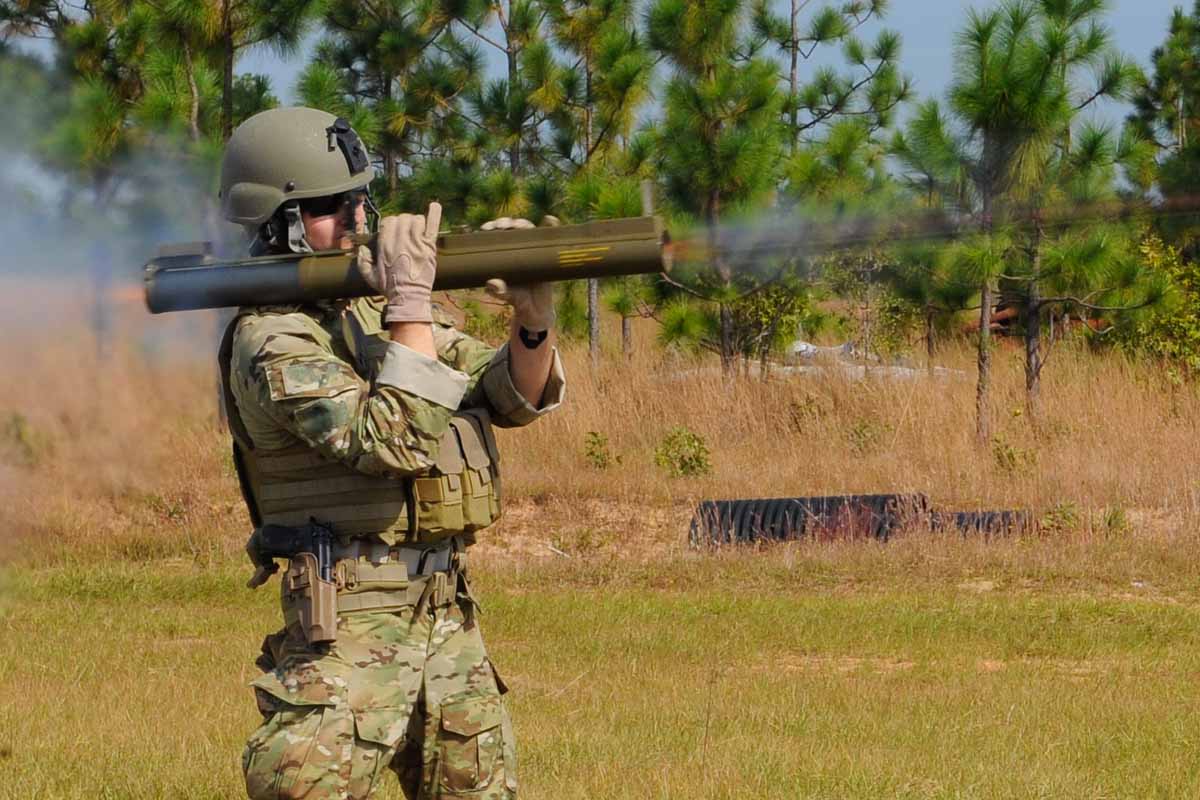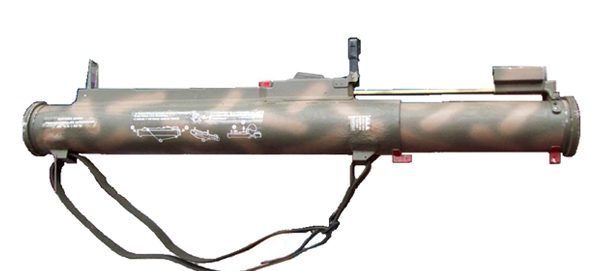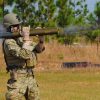Regarding the design and development of anti-tank weapons, most countries turn to foreign manufacturers to provide them with the necessary tools. However, in the mid-1990s, Argentina decided to take a different approach and develop an anti-tank weapon that was entirely indigenous. The result was the MARA, a single-use anti-tank rocket weapon designed by CITEFA and manufactured by the Fray Luis Beltrán munition factory.
History
The exact origins of the MARA are somewhat unclear due to a lack of published literature. However, what is known is that the program was initiated in the mid-1990s and that the first operational test-firings of the weapon were conducted in 2005. The design requirements for the MARA were straightforward: the weapon had to be made with simple and readily-available materials and technologies, incorporate R&D capabilities Argentina already had available, have a lower unit cost than comparable foreign weapons, have a high cost-effectiveness, and provide a personal anti-tank capability to every soldier in the field.
Design
The MARA is extremely similar in appearance to the M72 LAW, although its proportions differ slightly. The sling swivels on the MARA are both mounted on the underside of the outer tube, eliminating the need for the user to detach the sling from the muzzle cover when preparing to fire. Most MARAs are painted sand or olive drab in color or a drylands camouflage pattern and have white stenciling and decals that include safety guides and the firing procedure.

Composition
The composition of the MARA is comparable to most other single-use anti-tank rocket weapons, with a reinforced fiberglass tube, steel muzzle, venturi caps, sights, and various minor components made from lightweight metal or plastic.
Sights and Range
The sights used on the MARA consist of a similar front post and rear ladder to those used on the M72 LAW. The sighting range is unpublished but probably similar to that of the M72 LAW (350 meters) due to the similar performance of the MARA’s rocket.
Rocket and Warhead
The 73 mm rocket used in the MARA is similar to the 66 mm rocket used in the M72 LAW. Despite the MARA’s larger warhead, the warhead also penetrates the same 300 mm of Rolled Homogenous Armor (RHA) as the LAW rocket. The rocket is similar in shape to that used in the LAW and has 6 folding fins that spring into a radial cluster as the projectile leaves the tube. The projectile is reportedly accurate and can consistently hit a one-square-meter target at 200 m. A training round is also provided for the MARA; an empty tube may be loaded with one, reportedly up to five times.
Operation and Temperature Range
The operation of the MARA appears to be the same as that of the M72 LAW, although the sling remains fastened to the weapon. According to the manufacturer, the MARA is operable inside a temperature range of -20°C to +50°C.
Combat Use and Limitations
Given the current political stability in southern South America, the MARA has yet to see combat deployment and is unlikely to be utilized in the foreseeable future. Argentina is presently the sole operator of the weapon. However, the MARA cannot make any export sales due to its low performance and comparatively large size and weight for a weapon of its class. Many other weapons of similar capability flood the market, and most are used surplus and likely cost less than the MARA.
The MARA was initially intended to equip every soldier in the field with a personal anti-tank capability. However, its limitations render it ineffective against modern armored vehicles. The weapon’s short range and insufficient penetration capabilities are unsuitable against contemporary tanks with advanced armor protection. Nevertheless, the MARA may still be practical against lightly armored vehicles or fortified positions.
Technical Details
The MARA anti-tank rocket is a single-use weapon that can penetrate up to 300 mm of Rolled Homogenous Armor (RHA) using a 73mm rocket. The rocket is similar in design to that used in the M72 LAW and has six folding fins that spring into a radial cluster as the projectile leaves the tube. The warhead of the MARA is larger than that of the M72 LAW, but it can still penetrate the same armor thickness due to the rocket’s similar performance.
The sights used on the MARA are similar to those of the M72 LAW, with a front post and rear ladder. The sighting range is unpublished, but it is probably similar to that of the LAW, which is about 350 meters. The sling swivels on the MARA are mounted on the underside of the outer tube, unlike the M72 LAW, which requires the user to detach the sling from the muzzle cover before firing. The sling remains attached to the weapon during firing.
The MARA comprises simple and readily available materials, including a reinforced fiberglass tube, steel muzzle and venturi caps and sights, and lightweight metal or plastic components. A percussion primer launches the rocket triggered when the user pulls the trigger. The rocket then exits the tube and travels along a pre-determined flight path, guided by the fins.
Technical specifications
| Country of origin: | Argentina |
| Manufacturer: | Fray Luis Beltrán munition factory |
| Entered service: | 2005 |
| Caliber: | 78 mm |
| Rocket weight: | 2 kg |
| Total weight: | 4.2 kg |
| Length (extended): | 1 m |
| Length (collapsed): | 0.7 m |
| Muzzle velocity: | 170 m/s |
| Sighting range: | 350 m (?) |
| Range of effective fire (against tanks): | 200 m |
| Armor penetration: | 300 mm RHAe |





